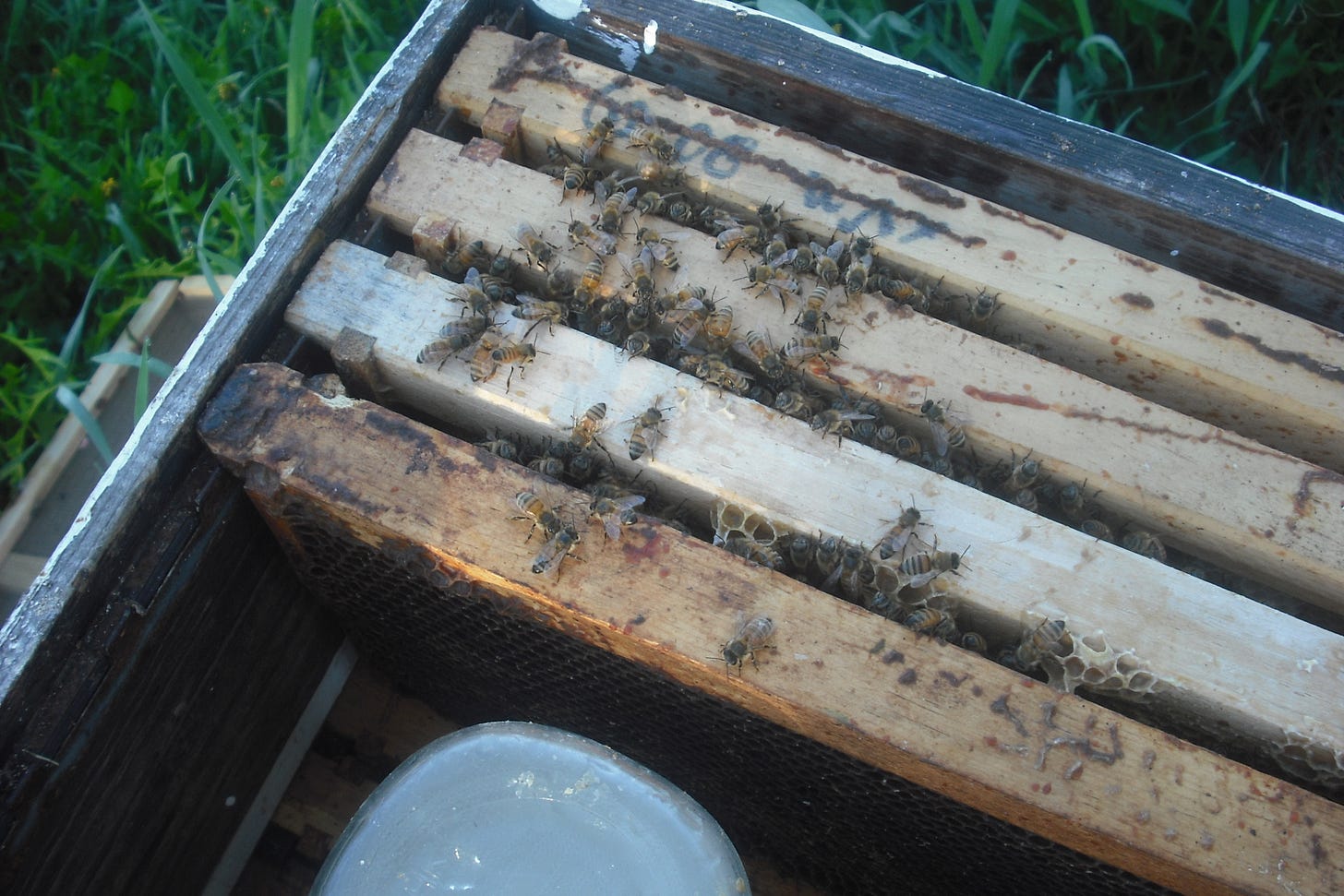Bees, medicine, and corn printers
A quick round up of some links of interest to me, and perhaps you as well.
3D printing has fascinating potential, but is not taking off as quickly as was initially predicted, due in part to not being adopted by industry for multipurposes that proponents of the new tech suggested. However, it is slowly gaining ground, as this article discusses in application to the automotive industry. Small models are being used to create one-off tools, and plastic jigs that can be used and tossed without a huge investment in time and money by having them made of metal. Part of the slow adoption is that 3D printing material is not always great - some of it breaks, others shrink and curl, and metal means special and very expensive printing set ups. Interestingly, a polymer derived from corn (PLA, polymer polylactic acid) is taking the lead in 3D printing materials, which is yet another use for that ubiquitous grain. However, it will warp under high temperatures - as in, for instance, the interior of a car in summertime - so polycarbonate is being developed as an alternative. It's very likely that we will see a revolution in the tech, but slower rather than faster.
A couple of very early articles caught my eye, from the BioRxiv pool of unpublished scientific papers. These are not yet peer reviewed, so their conclusions should be taken cautiously and compared to other results to consider replicability. However, it's a fascinating glimpse into the bleeding edge of research. One is a study on the synergistic effects of honeybee venom and a common cancer drug, which may show that the bee venom amplifies and improved the drugs ability to fight cancer. The authors conclude that honeybee venom has a cytotoxic effect on mouse mammary cancer, and furthermore that it inhibits the mutagenic effects of substances, which might mean that it could help prevent cancer. So, let bees sting you? at least if you're not allergic! (please note all my qualifiers: this paper has not been scrutinized, so the conclusions should not be taken as gospel). The other paper is looking at the potential for propolis - another product of a honeybee's hive, the sticky substance used by them to seal up their hive, and used by people as a medicine. Their idea is that the antioxidant properties of propolis make it a viable anti-cancer treatment, and they studied the amount of antioxidant in propolis collected from different hives, finding that it varied considerably. Like many other 'natural' remedies, the finding is not a surprise: while there may be an active ingredient useful in human medicine, the dosage will vary from ineffective to 'overmuch' depending on far too many variables to leave it to 'mother nature' in using it to treat ailments. Instead, careful and thorough research into what it is that is useful - the active pharmaceutical ingredient - and how much of it, will allow that to be produced in clean quality-controlled settings that can be relied on for use without worry over whether there is enough, or too much, in the 'natural' remedy.

Propolis is the brownish, lumpy substance you can see on the frames, where it has been used to add to the hive's structure for the bee's purposes.




